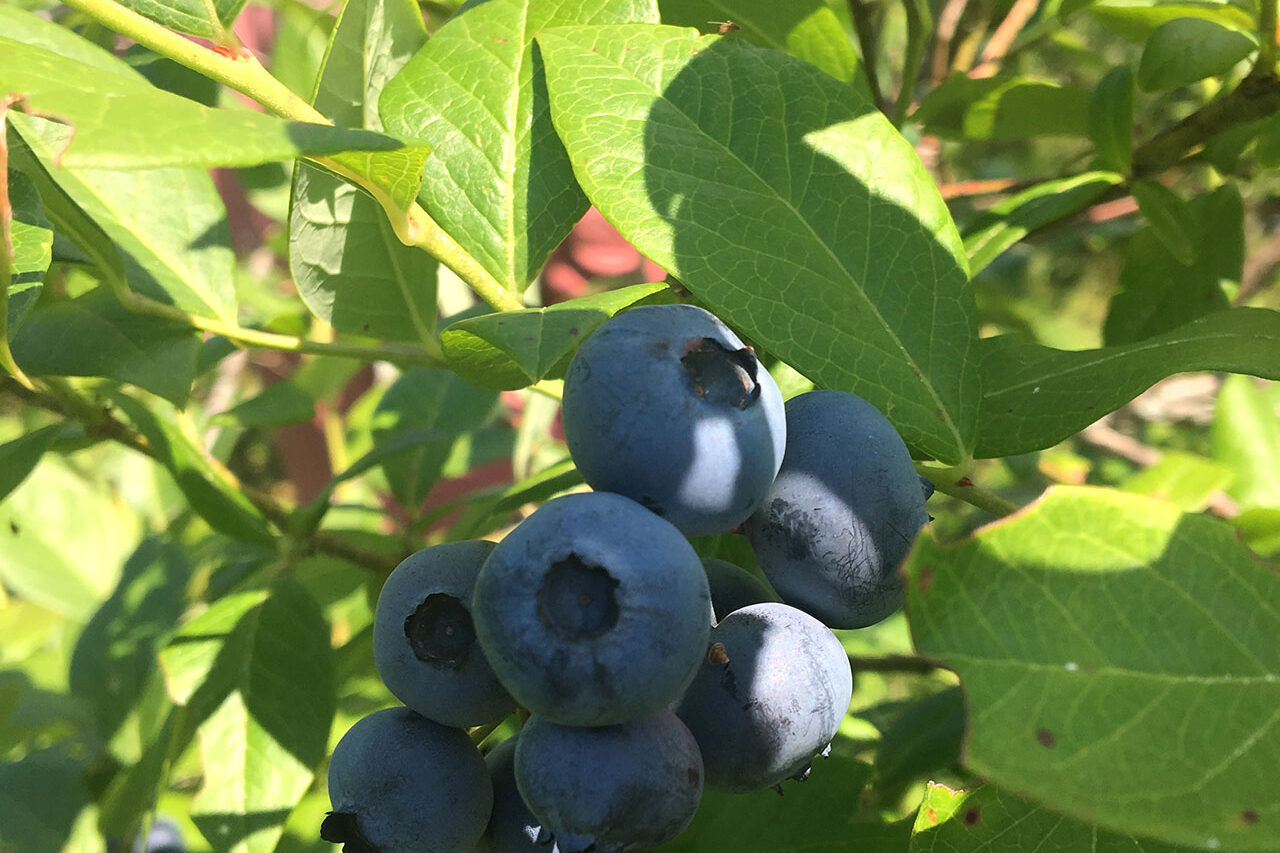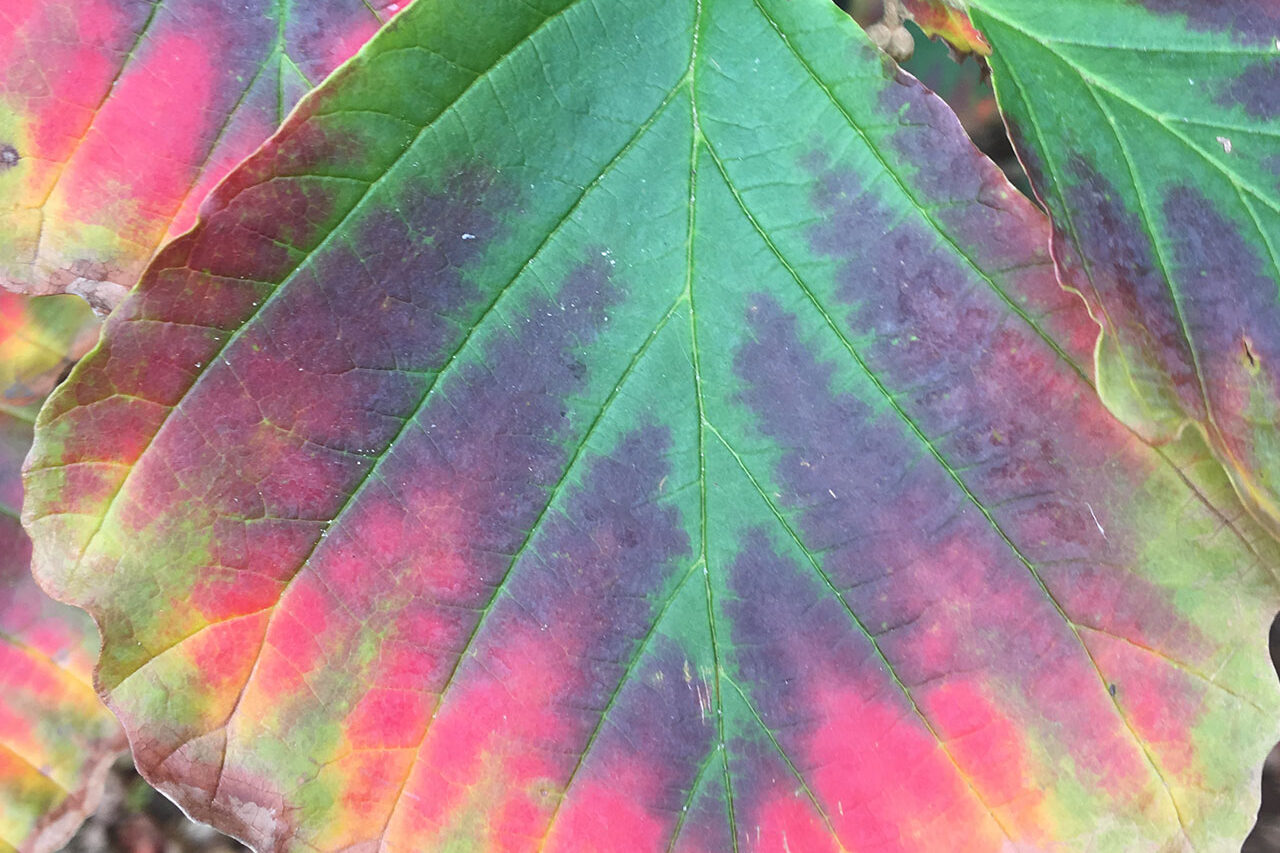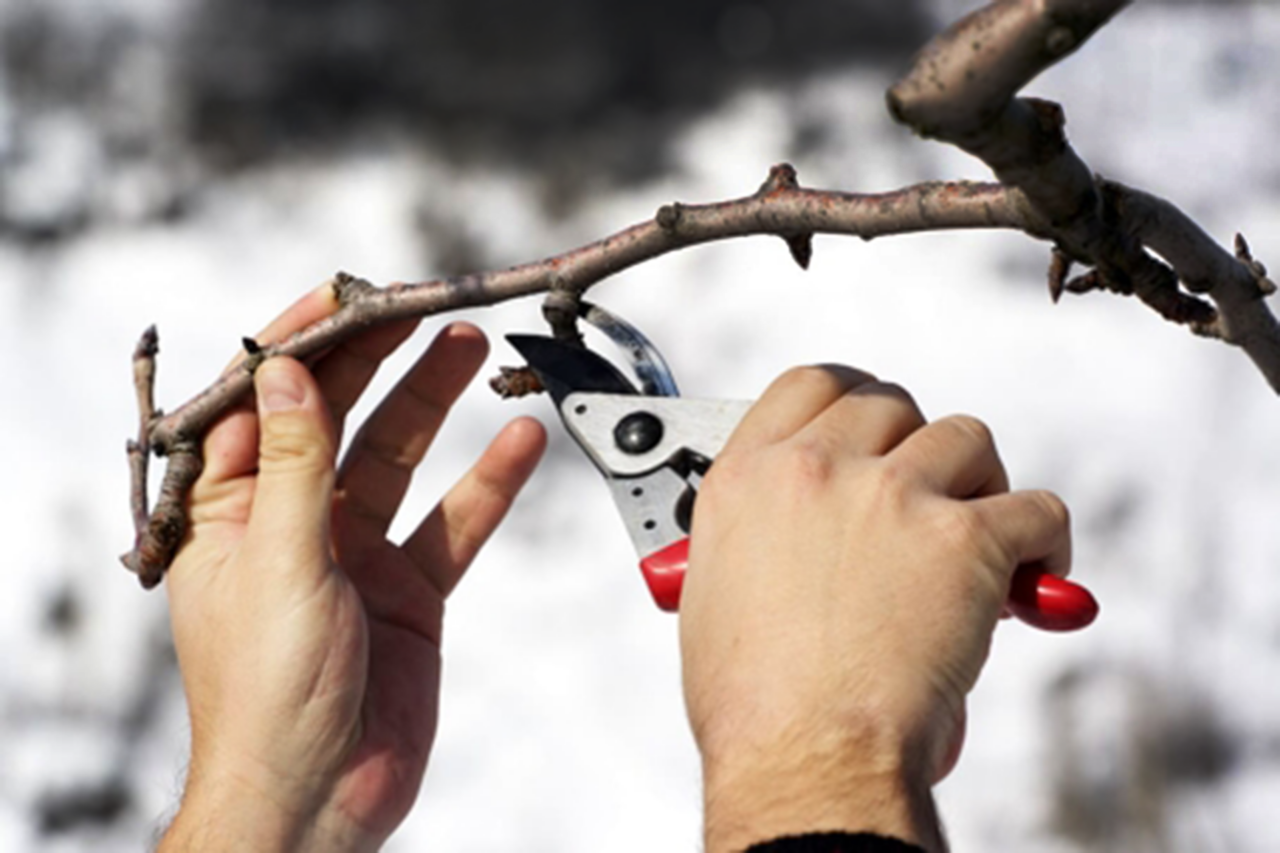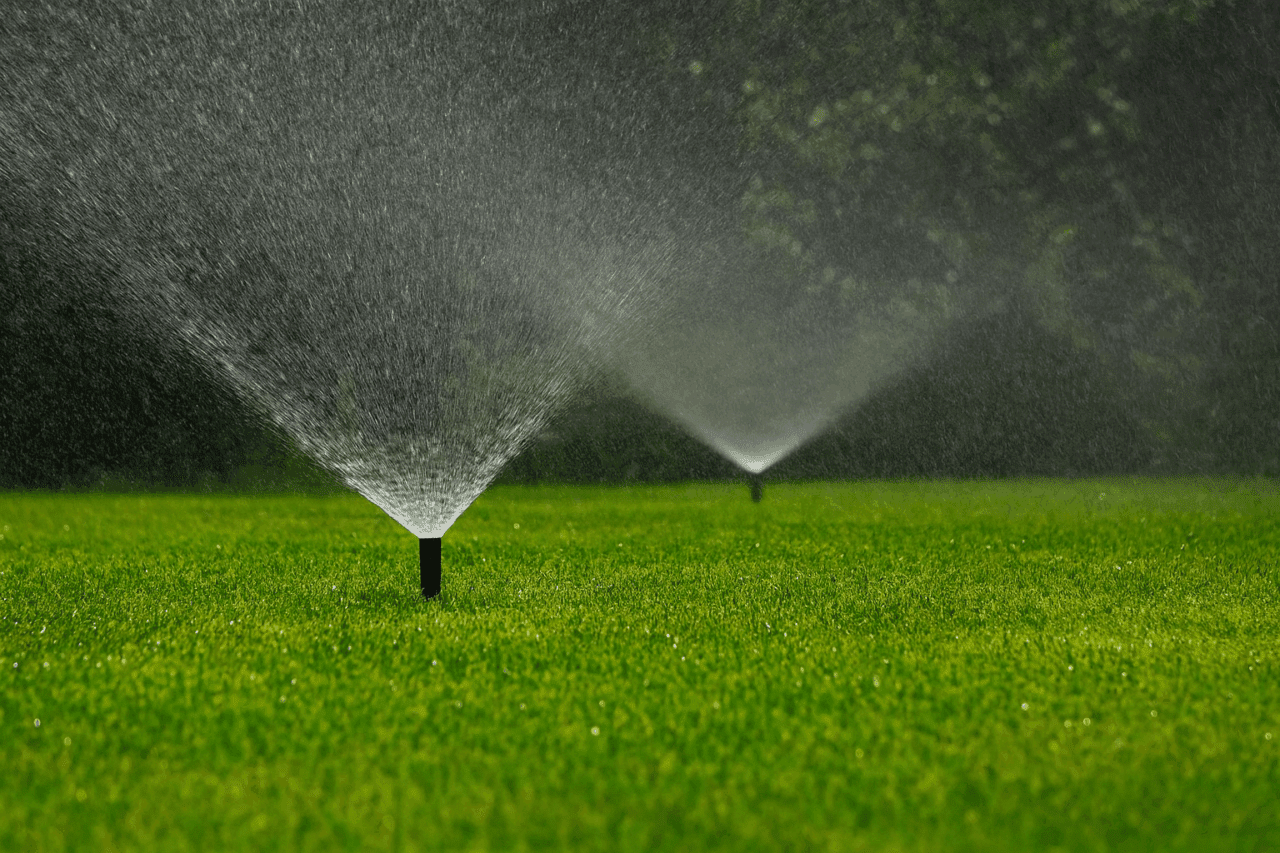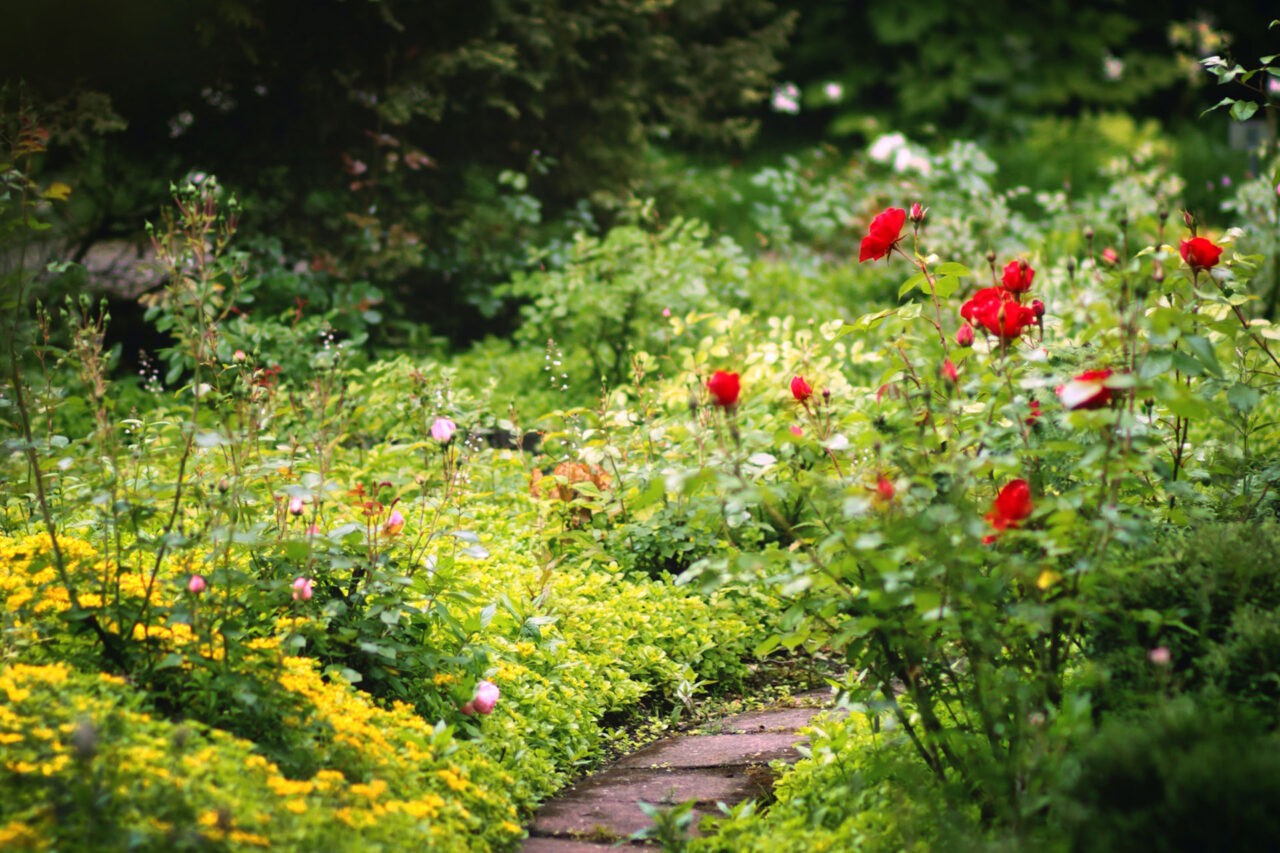Restore ecological function and regenerate biodiversity in your own back yard!
One simple way to add ecological function and biodiversity to your property is by planting one or more keystone plants. Keystone plants are the native plants in an ecoregion that support more animal species than others which in turn helps to restore and strengthen food webs.
“Because life is fueled by the energy captured from the sun by plants, it will be the plants that we use in our gardens that will determine what nature will be like 10, 20, and 50 years from now.” – Doug Tallamy
For example, a native oak tree will host many more insects, birds, mammals etc. than an ornamental tree which has not coevolved for thousands of years with local fauna.
Four Keystone Plants
Below are a few of our favorite keystone plants that can enhance both the ecological function and the beauty of your property.
- High Bush Blueberry: This plant hosts 217 caterpillar species and provides food for 14 species pollinator bees. It feeds birds both berries and caterpillars. If you can keep the birds away, you may even get a berry for yourself!
- Birch Trees: Known for their unique bark and cascading growth habit, birch trees support 284 species of moth/butterfly caterpillars. Give these tough and resilient trees enough space because they grow quickly.
- Goldenrod: If you can find a spot to enjoy this perennial that is often considered for use in more informal plantings, you’ll be doing a favor for 42 species of pollen specialist bees that rely on this plant. Over 100 species of moth/butterfly caterpillars eat the leaves and shoots. Adult monarch butterflies feed on goldenrod nectar on their migration. Beetles, true bugs, and grasshoppers also devour goldenrod. There are different varieties available at nurseries, so surely there is one that suits your garden!
- Native Witch Hazel: This native shrub/tree blooms late September to late November, providing food for pollinators when not much else is blooming. It hosts around 62 species of caterpillars. It has gorgeous fall color. Don’t wait to plant a witchhazel somewhere you will see it from the house to enjoy it all year round.
